As the crowning jewel of Kyushu island and one of Japan’s top ten populous cities, Fukuoka is a city that knows how to charm without the frenetic pace of Tokyo or Kyoto. This laid-back city is a treasure trove of experiences, events, and traditional festivals that never fail to leave visitors, myself included, utterly enchanted. From its rich culture and history to its mouthwatering cuisine, Fukuoka is a feast for the senses. And that’s not all – it also serves as a gateway to stunning beaches, majestic volcanic peaks, and soothing onsens.
Fukuoka’s captivating history is a tale of unity. In 1889, a significant merger occurred between Hakata, a vibrant merchant city, and the castle town of Fukuoka. This fusion brought together the historical and cultural identities of both areas, resulting in the diverse and fascinating city we have the pleasure of exploring today.
When you set foot in Fukuoka, you’ll find yourself wandering through the remnants of the Fukuoka Castle Ruins, marvelling at the serene beauty of Maizuru Park. You’ll step back in time in Hakata Old Town, the city’s cultural epicentre, where historic streets, traditional merchant houses, and the breathtaking Kushida Shrine await. A mere 10-minute ferry ride from Fukuoka will whisk you away to Nokonoshima, an island paradise of sandy beaches and vibrant flora. And of course, your Fukuoka adventure wouldn’t be complete without indulging in the city’s epic food, including the renowned Hakata ramen and oden from the bustling Yatai Stalls.
Fukuoka holds a special place in my heart, and I can’t wait to share with you the 16 best things to do in Fukuoka that make this city a standout gem.
Table of Contents
- Things to do in Fukuoka
- Eat at the Yatai Food Stalls
- Explore the Ohori Park
- Visit the original Ichiran
- See the Fukuoka Castle Ruins
- Discover Hakata Old Town
- Go up the Fukuoka Tower
- Take the family to Uminonakamichi Seaside Park
- Marine World at Uminonakamichi
- Catch a game at the Fukuoka PayPay Dome
- Visit the Tochoji Temple
- Pay your respects at the Kushida-jinja Shrine
- Visit the Reclining Buddha at Nanzoin Temple
- Enjoy Canal City Hakata
- Shop at Tenjin Underground Shopping Mall
- Seek Academic Success at Dazaifu Tenmangu Shrine
- Take a trip to Nokonoshima Island
- Hotels in Fukuoka
- Tours to Fukuoka
- Final thoughts
- Frequently Asked Questions
Things to do in Fukuoka
To help you maximise your experience in Fukuoka, I have gathered a collection of helpful links to some of the most exciting activities in Fukuoka. These resources will ensure that you have everything you need to make your trip to Fukuoka truly exceptional.
- Activity: Hakata Doll Painting Experience
- Experience: teamLab Forest
- Day trip: Dazaifu Shrine, Yufuin, and Beppu
- Activity: Historic Fukuoka bike ride
- Onsen: Manyo No Yu Onsen Experience in Fukuoka
- Activity: Guided tour around Hakata
- Adventure: Segway tour in Uminonakamichi
Eat at the Yatai Food Stalls
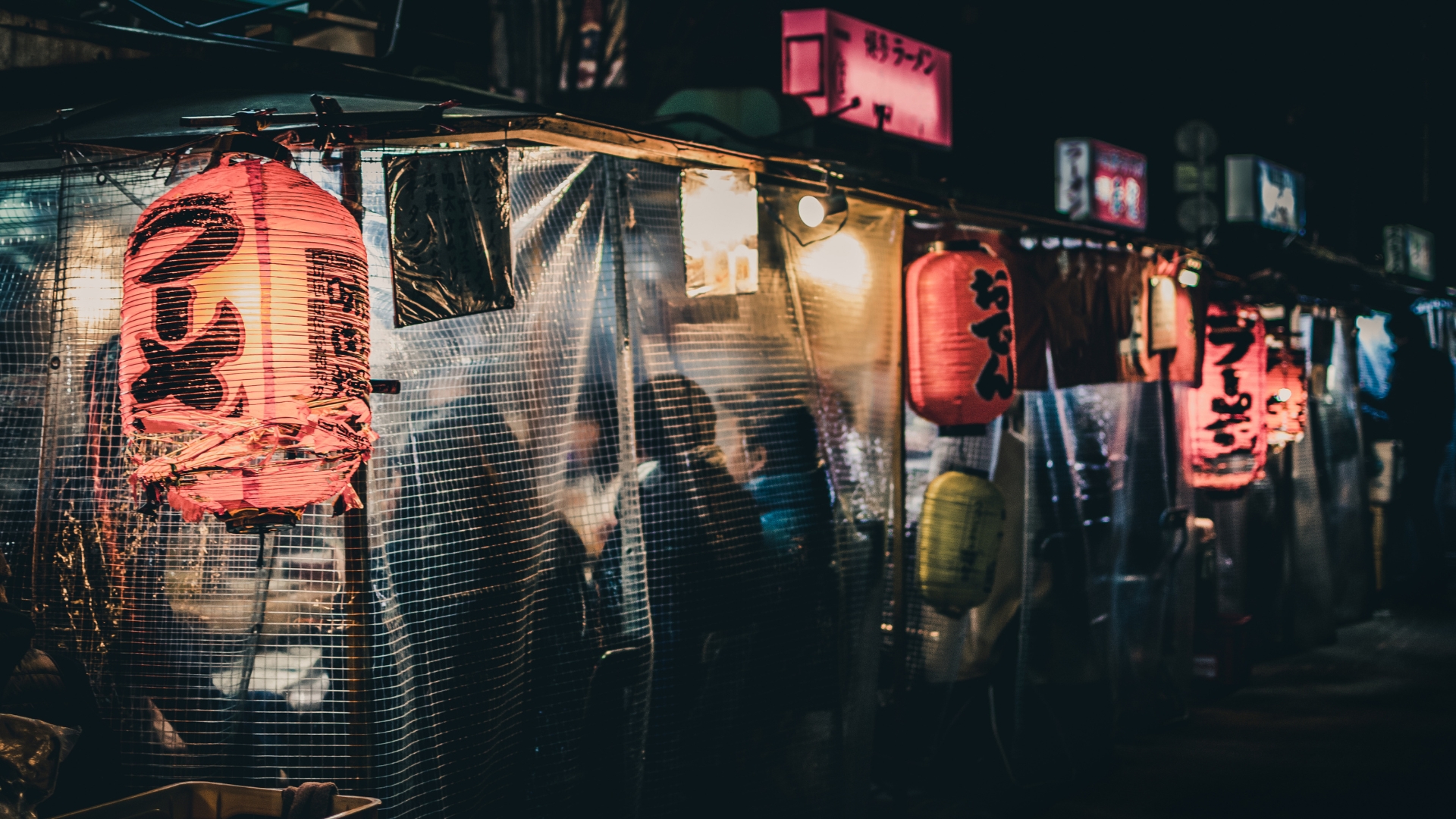
Fukuoka is famous for its Yatai food stalls. Yatai means “shop stand”, and these are outdoor food stalls that can only seat a few people, just like a Yokocho.
Fukuoka has over 150 Yatai, and each one gives you a special dining experience. These stalls usually open in the evening, turning the city’s streets into lively food markets. The best place to find Yatai is on the southern end of Nakasu Island, where you’ll find about 20 Yatai, all looking traditional and inviting.
Yatai sell many dishes, but they’re most renowned for their ramen. Fukuoka is where Hakata ramen comes from. This is a tasty noodle dish with a rich, pork-bone broth that all food lovers should try. Other popular dishes include yakitori (grilled skewers), oden (a type of hot pot), and yummy seafood dishes. Each Yatai usually specializes in one or two dishes, so they can make their recipes perfect. For a great Yatai food experience, you should hop between the food stalls to enjoy a variety of dishes.
There are different kinds of Yatai, each with its own charm. Some are small and cosy, seating only six to eight people at a time, while others are bigger and more communal, great for a larger family or group of friends. Some Yatai serve classic Japanese dishes, while others offer fusion or international cuisine. The key is to try as many as you can to find your favourite Japanese food.
Eating at a Yatai is a unique experience. You’ll sit on stools around the stall, ordering your food directly from the chef. It’s a relaxed and friendly environment, and it’s normal to chat with other diners or the chef. But, you might need to know some Japanese phrases for that. Since Yatai are small and intimate, it is customary to pay and leave as soon as you finish your meal.
🍜 If you’re finding this experience a little intimidating, get a local to show you around. Book a private local food tour in Fukuoka via Get Your Guide or a local bar hopping experience via Klook.
Explore the Ohori Park
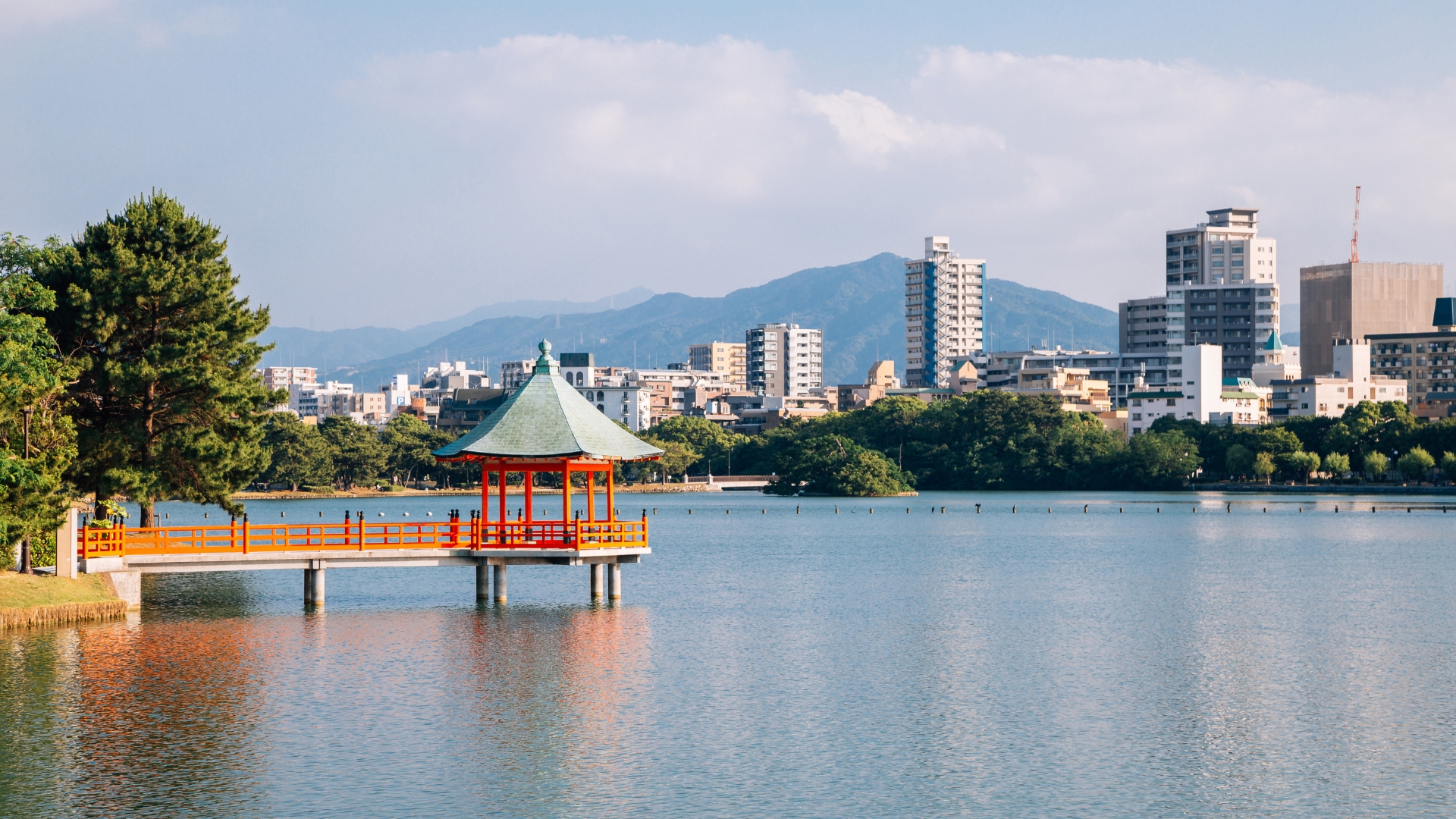
Ohori Park, located in the heart of Fukuoka, is a large park surrounding a large pond with three islands. The name “Ohori” means “large moat” and derives from the fact that the park was once part of the moat system for Fukuoka Castle. It’s my favourite place in the city for a walk or a casual 2 km morning run around the pond. Locals love it too, as it’s a great place to meet with friends, go on a date or just relax with a nice view. To see Fukuoka from an even better perspective, rent a swan boat or rowing boat and take to the lake. The price of a rowing boat for 30 minutes starts from 600 yen and a small swan boat for two adults is 1100 yen.
Fukuoka City reconstructed the current park, drawing inspiration from China’s West Lake, and unveiled it in 1929. If you’re thinking of visiting Japan in the summer, know that every August, the park becomes the stage for a vibrant fireworks’ festival set against its picturesque backdrop
You should also visit the nearby Ohori Park Japanese Garden. You’ll need to pay a small fee of 250 yen, but you’ll get to see typical dry Japanese landscapes, tea houses, and beautiful water features.
For a quick snack, stop at the Starbucks Coffee located on the East side of the pond or at &LOCALS Ohorikoen café located on the south.
To get to Ohori Park from Hakata take the Airport Line (Kūkō Line) or from Hakata Station to Ohori Koen Station. The park is just a short walk from there. The journey takes about 15 minutes in total, making it an easy trip for a day of exploration.
🗾 Address: View on Google maps
⏱️ Opening Hours: 24 hours
🎟️ Admission Fee: Free
Visit the original Ichiran
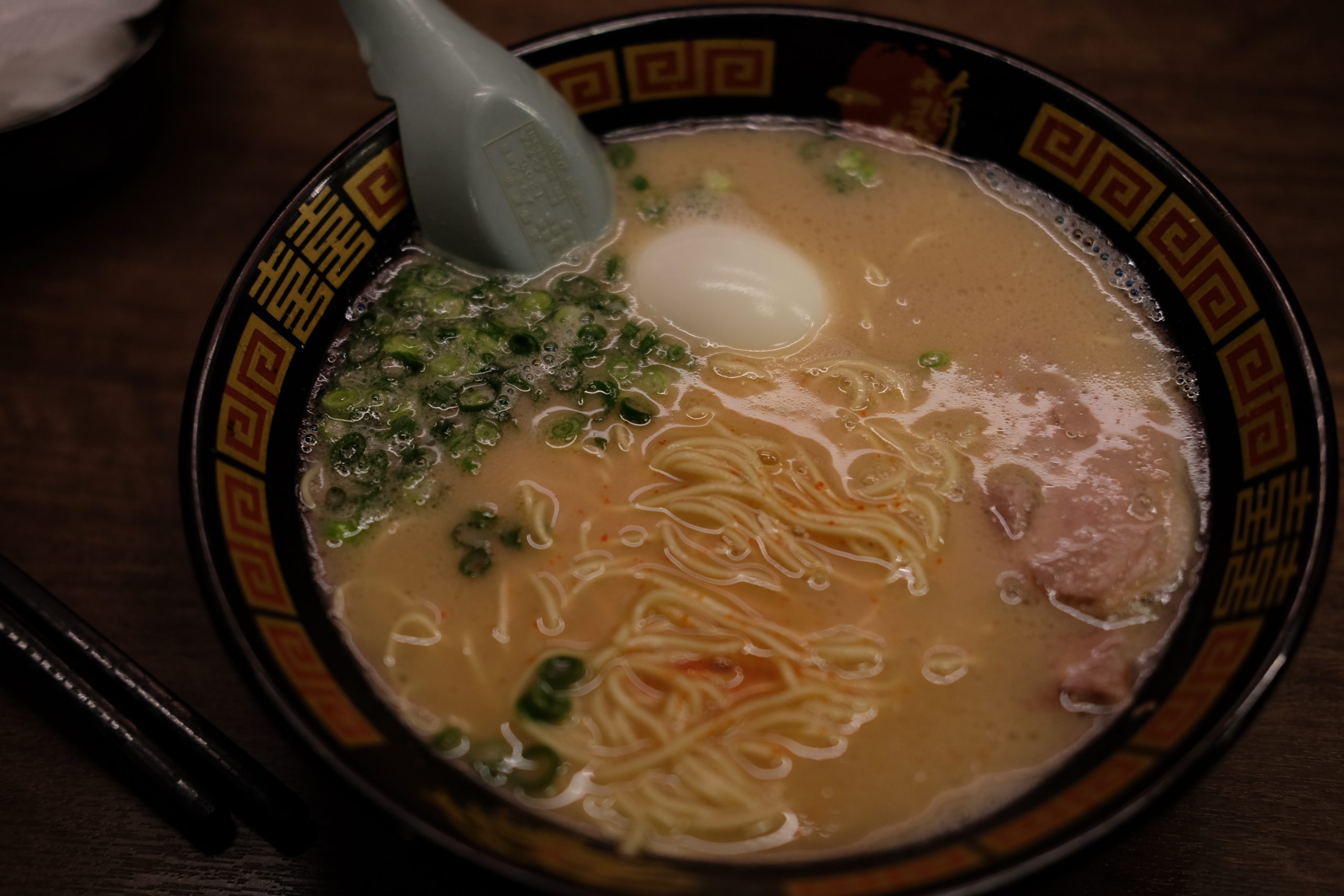
Let’s be honest, the top thing to do in Fukuoka is to eat. And you can’t say you’ve been to Fukuoka without trying Hakata ramen. This local dish is famous all over Japan and even in other countries for its rich taste and special style. But did you know that its huge popularity is thanks to the Ichiran ramen shop?
This wildly popular ramen chain has taken the world by storm, and it all started in Fukuoka back in 1993. Ichiran means one orchid, and what makes this shop so unusual is the focus on solo dining. Each diner is seated in an individual booth, separated by a bamboo curtain, allowing them to fully immerse themselves in the ramen experience. According to Ichiran these are called Flavour Concentration Booths. It’s not uncommon to see long lines outside Ichiran outlets across Japan, especially in Fukuoka’s original shop.
The star of the show at any Ichiran restaurant, of course, is the ramen. Ichiran serves Hakata-style ramen, characterized by its rich tonkotsu broth, thin noodles, and toppings like chashu and green onions (plus a secret spicy sauce that makes the whole ramen taste incredible and spicy).
🗾 Address: View on Google maps
⏱️ Opening Hours: 24 hours
🍜 Price of Ramen: 980 yen for a classic ramen + toppings
See the Fukuoka Castle Ruins
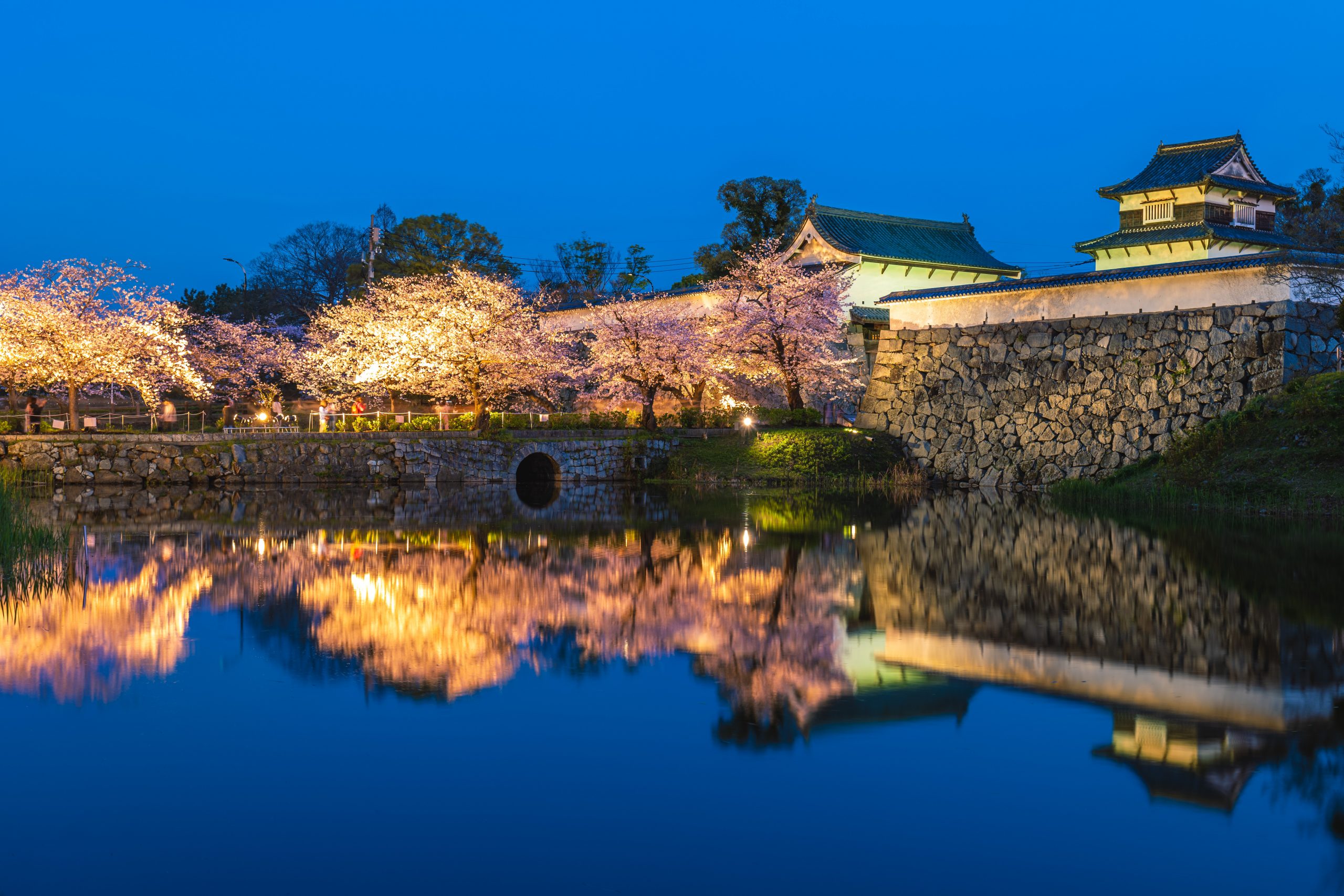
The Fukuoka Castle ruins, located in Maizuru Park, once the pride of Fukuoka and Kyushu, now a site of historical significance and natural beauty. The best part? It’s completely free to visit the castle ruins, making it a must-see for any budget-conscious traveller.
Fukuoka Castle, also known as Maizuru Castle, was built in the early 17th century under the direction of a stonemason who worked on Edo Castle (now part of the Imperial Palace in Tokyo) and Osaka Castle. It was the largest castle in Kyushu and was renowned for its 47 yaguras (tower-like structure), and covered an area of 47,000 square metres.
After the Meiji Restoration in 1868, many castles in Japan were dismantled as symbols of the feudal era. Fukuoka Castle was not spared, and most of its buildings were destroyed. Today, only the stone walls, some turrets, and a few smaller reconstructed buildings remain.
Despite its destruction, Fukuoka Castle remains famous for its historical significance and the beautiful park that now surrounds it. The castle ruins are particularly stunning during the cherry blossom season. Book a private walking tour with a local guide that takes you to Fukuoka Castle.
🗾 Address: View on Google maps
⏱️ Opening Hours: 24 hours
🎟️ Admission Fee: Free
ℹ️ Map of the Fukuoka castle remains (English)
Discover Hakata Old Town
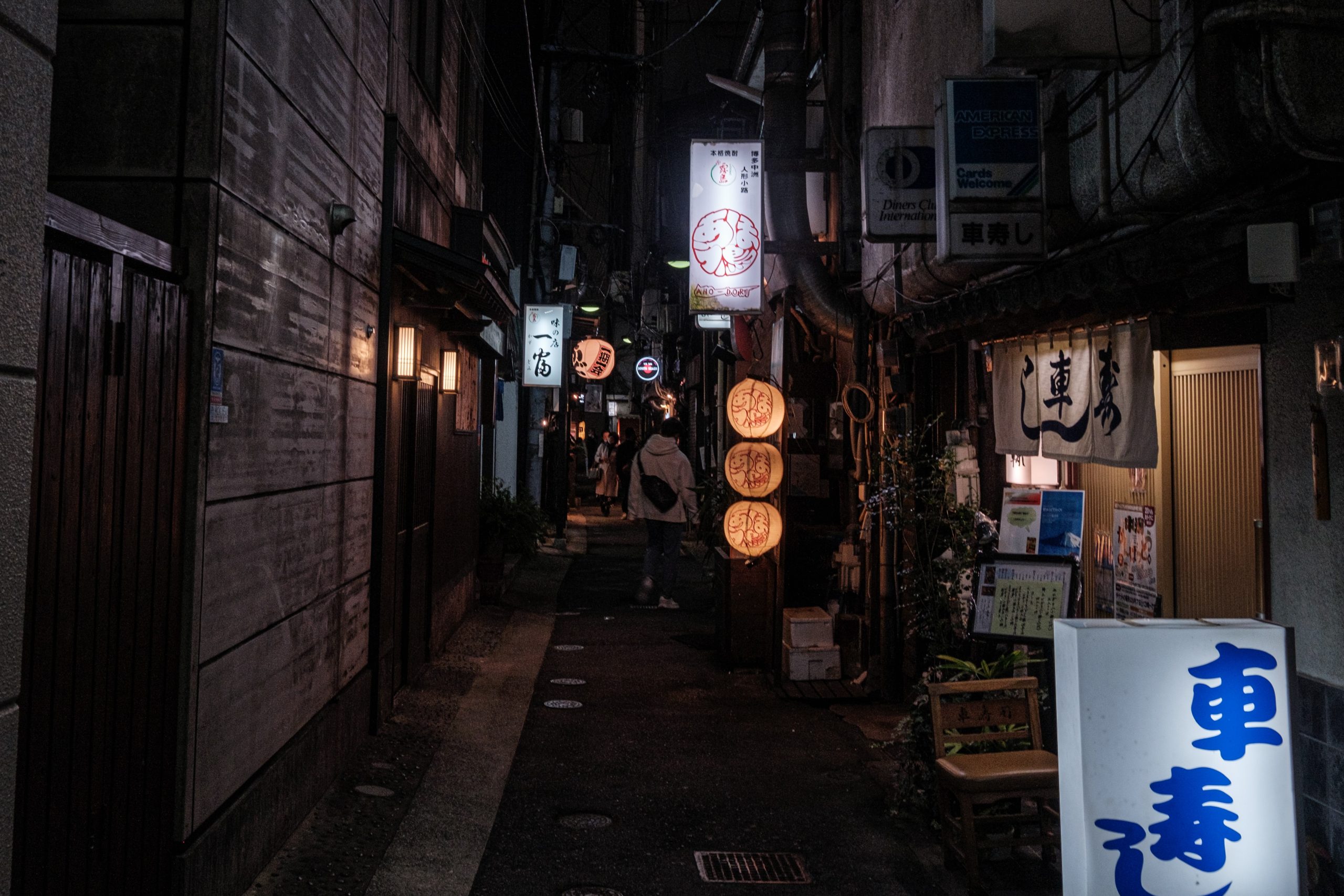
Hakata Old Town is just a quick 10-minute walk from Hakata Station. This lovely area has old streets and traditional merchant houses. It’s my favourite place in Fukuoka for a thoughtful walk because you’re surrounded by old temples and buildings.
The area is named after Hakata, which used to be a separate city before it joined with Fukuoka in 1889. Today, people often use the names Hakata and Fukuoka to mean the same place. But traditionally, Hakata is the area east of the Nakagawa River, and Fukuoka is the area west of the river.
Hakata’s history is closely tied to Fukuoka’s history. In old times, it was an important place for culture from the mainland. It was also where the Mongols invaded in the 13th century. Hakata was famous for its merchants, who created a special business culture that still affects the city today.
Here’s the walking route I suggest: Start at the Waka Hachimangu Shrine, then visit old temples like Jotenji and Myorakuji. Next, see the Great Wooden Buddha and red pagoda at Tochoji Temple. Finish at Kaigenji Temple, where you can see unique Enma and Kannon statues.
⚜️ For more in-depth exploration, I highly recommend exploring Hakata Old Town with a knowledgeable guide who truly knows the history of the area and can show some hidden gems in the area.
Go up the Fukuoka Tower
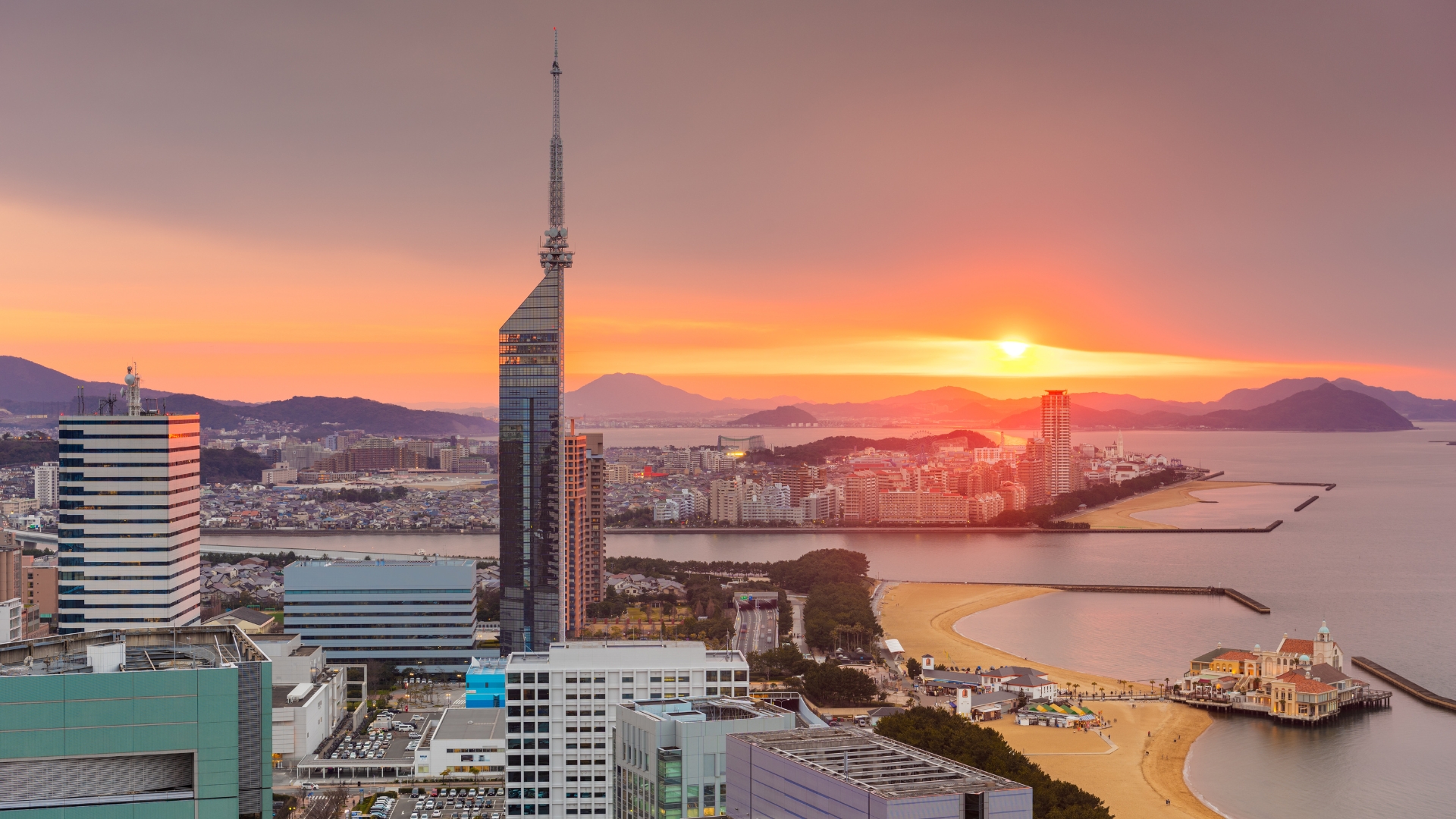
Fukuoka Tower is not just one of the top sights in the city, but also in all of Japan. Why? Because it’s the tallest seaside tower in Japan. And of course, this famous building has amazing views of the city (and even further!).
Fukuoka Tower is 234 meters tall and has a beautiful mirrored surface that shows the changing sky. The viewing deck is 123 meters above the ground, and it has a 360° view of Fukuoka city, Hakata Bay, and even Shikanoshima Island on clear days. The tower also has a café, so you can have a cup of coffee while you look at the view.
Fukuoka Tower has special lighting events that change every season. Did you know, you can actually light up the Fukuoka tower for a special event? To light up the Fukuoka Tower, it costs around 300,000 yen (including tax). You can apply for this on the Fukuoka Tower official website. The lighting time is 10 minutes, and it will definitely make someone feel really special!
To get to Fukuoka Tower from Hakata Station, take the subway to Tojinmachi Station. From there, it’s a 15-minute walk to the tower.
🗾 Address: View on Google maps
⏱️ Opening Hours: 9:30 am – 10 pm (last admission 9:30 pm)
🎟️ Admission Fee: 800 yen (Buy your tickets in advance via Klook)
Take the family to Uminonakamichi Seaside Park
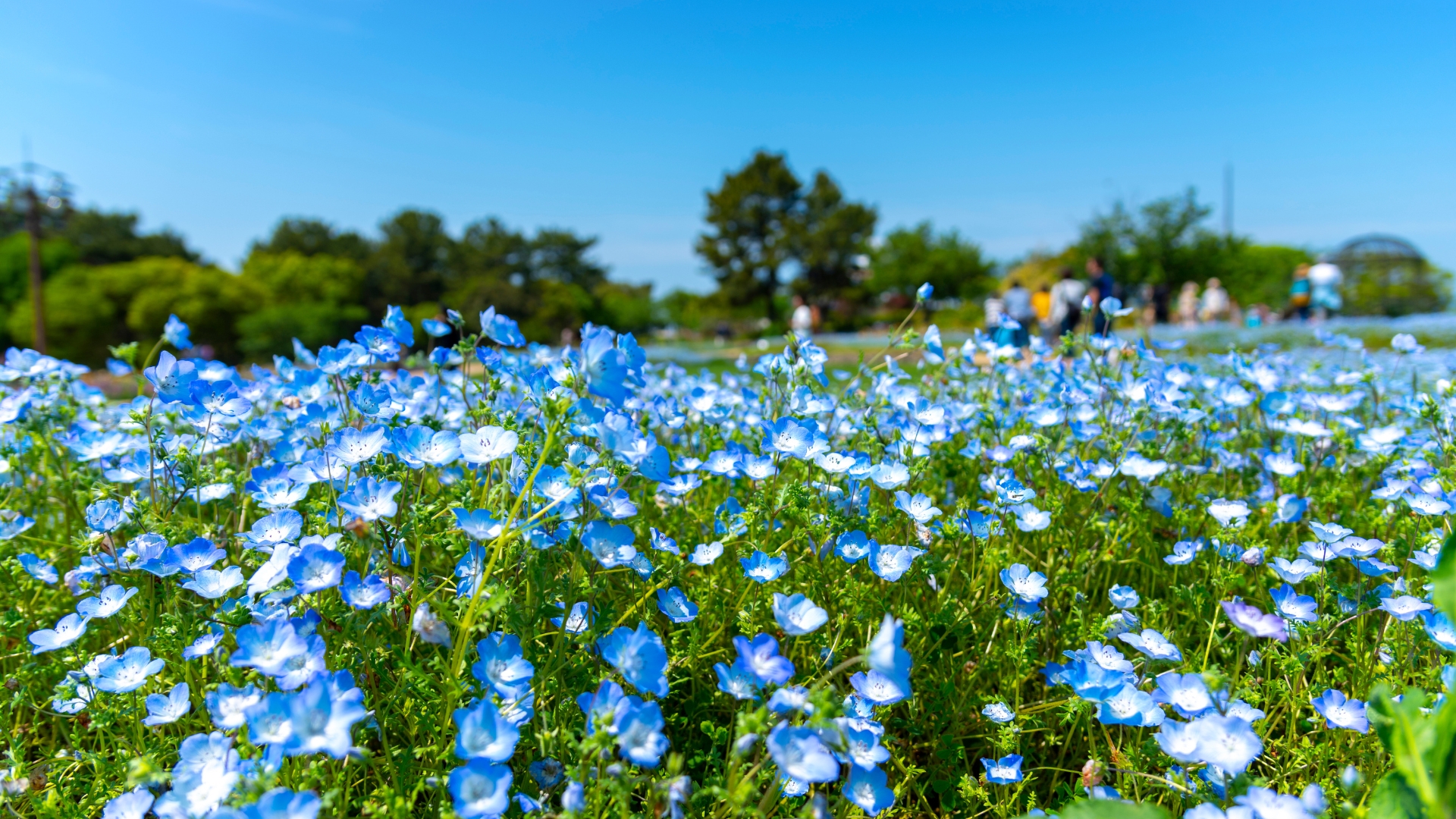
If you’re travelling with family, a visit to Uminonakamichi Seaside Park is a must. This expansive park, located on a peninsula across from the city centre, offers a variety of attractions including a flower museum, flower gardens, ponds and fountains, the Mirai no Mori forest and so much more.
Uminonakamichi Seaside Park is a great place for people who love nature. It’s home to a multitude of flower gardens that bloom in different seasons, creating a colourful spectacle throughout the year. The best way to explore the park is by renting a bike. While you are welcome to bring your own bike here, you can also rent one from five different locations within the park for 500 yen for three hours or 700 yen for the whole day.
The park isn’t just about flora. The Uminonakamichi Seaside Park also features a zoo, an amusement park, and a water park, providing endless entertainment for the little ones. There are no beaches specifically in the park, but you can visit the Shikanoshima Beach, Kyukamura Beach, and Katsuma Beach which are nearby.
To get to Uminonakamichi Seaside Park, take a train from Hakata Station to Uminonakamichi Station. The journey takes about 40 minutes, and the park is a short walk from the station.
🗾 Address: View of Google maps
⏱️ Opening Hours: 9:30 am – 5:30 pm (last admission 4:30 pm)
🎟️ Admission Fee: 450 yen
⚜️ Adventure: For a fun activity, book an Uminonakamichi Seaside Park Segway Tour
Marine World at Uminonakamichi
Don’t miss the Marine World at Uminonakamichi, a public aquarium that offers an immersive experience into the aquatic life of Tsushima’s warm current. It opened in April 1989 and underwent a significant renovation in 2017, with 90% of the aquarium replaced. The new exhibition theme is “Kyushu Sea.”
The aquarium houses over 20,000 animals of 350 species from tropical to temperate and boreal zones. The three largest tanks contain dolphins, sea lions, and more than 120 sharks. The largest tank is used for dolphin and sea lion shows, while the others are for viewing various marine species.
One of the highlights of Marine World Uminonakamichi is the large panoramic water tank “Kyushu pelagic” that runs from the 1st floor to the 2nd floor of the building. More than 20,000 fish of 80 species migrate in this tank. You can watch live images taken by divers with an underwater camera, and listen to conversations and commentary with divers with microphones.
🗾 Address: View on Google maps
⏱️ Opening Hours: 9:30 am – 5:30 pm
⚜️ Tickets: Book your tickets to the Marine World in advance via Klook
Catch a game at the Fukuoka PayPay Dome
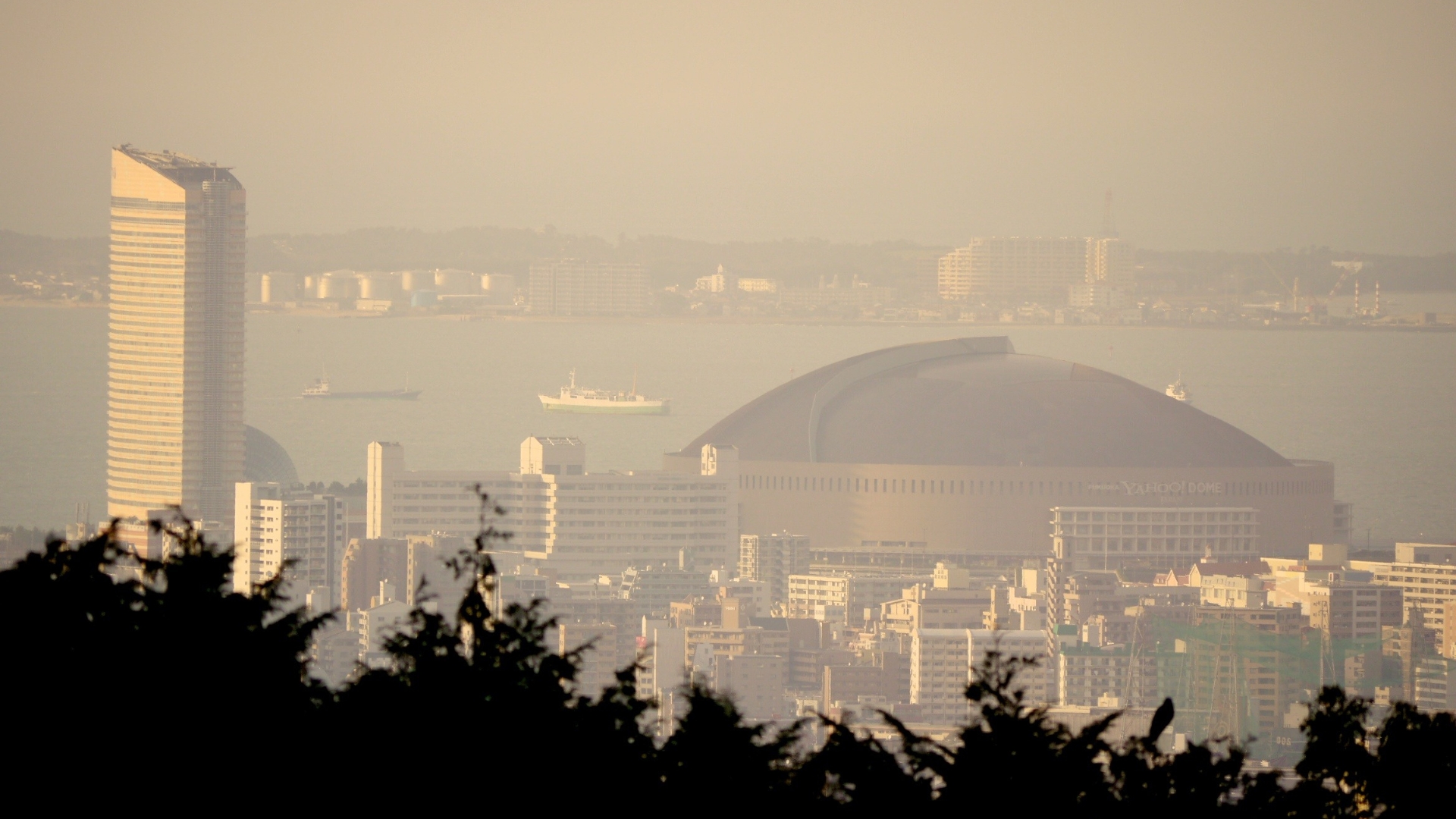
For sports enthusiasts, a trip to Fukuoka wouldn’t be complete without catching a game at the Fukuoka PayPay Dome. Home to the Fukuoka SoftBank Hawks, one of Japan’s top professional baseball teams, the dome is a hub of excitement and energy during game days.
The Fukuoka PayPay Dome is not just any stadium; it’s the largest geodesic dome in Japan and the first stadium in the country with a retractable roof to cater for all weather conditions. The stadium opened in 1993 and was originally named the Fukuoka Dome. Throughout the years, it was renamed to reflect the current advertisers’ right. For example, in 2005 it became Fukuoka Yahoo! Japan Dome, in 2013 was renamed Fukuoka Yafuoku! Dome. Since 2019 it’s the Fukuoka PayPay Dome.
Not visiting Fukuoka on game day? Don’t worry, you can still tour the stadium. There are several tours organised officially by the Dome. Visit the benches where players sit, see the lock rooms and the bullpen. Or you can head to the roof of the Dome and see the whole stadium from a height of 30 metres. If you love to play, you can enter the baseball field right after a match with the Fukuoka SoftBank Hawks. All these tours cost on average 1500 yen per person and can be reserved online and in advance on the official Dome website.
🗾 Address: 2 Chome-2-2 Jigyohama, Chuo Ward, Fukuoka, 810-8660, Japan
⚜️ Game tickets: Book your game tickets to see a SoftBank HAWKS Baseball Game
Visit the Tochoji Temple
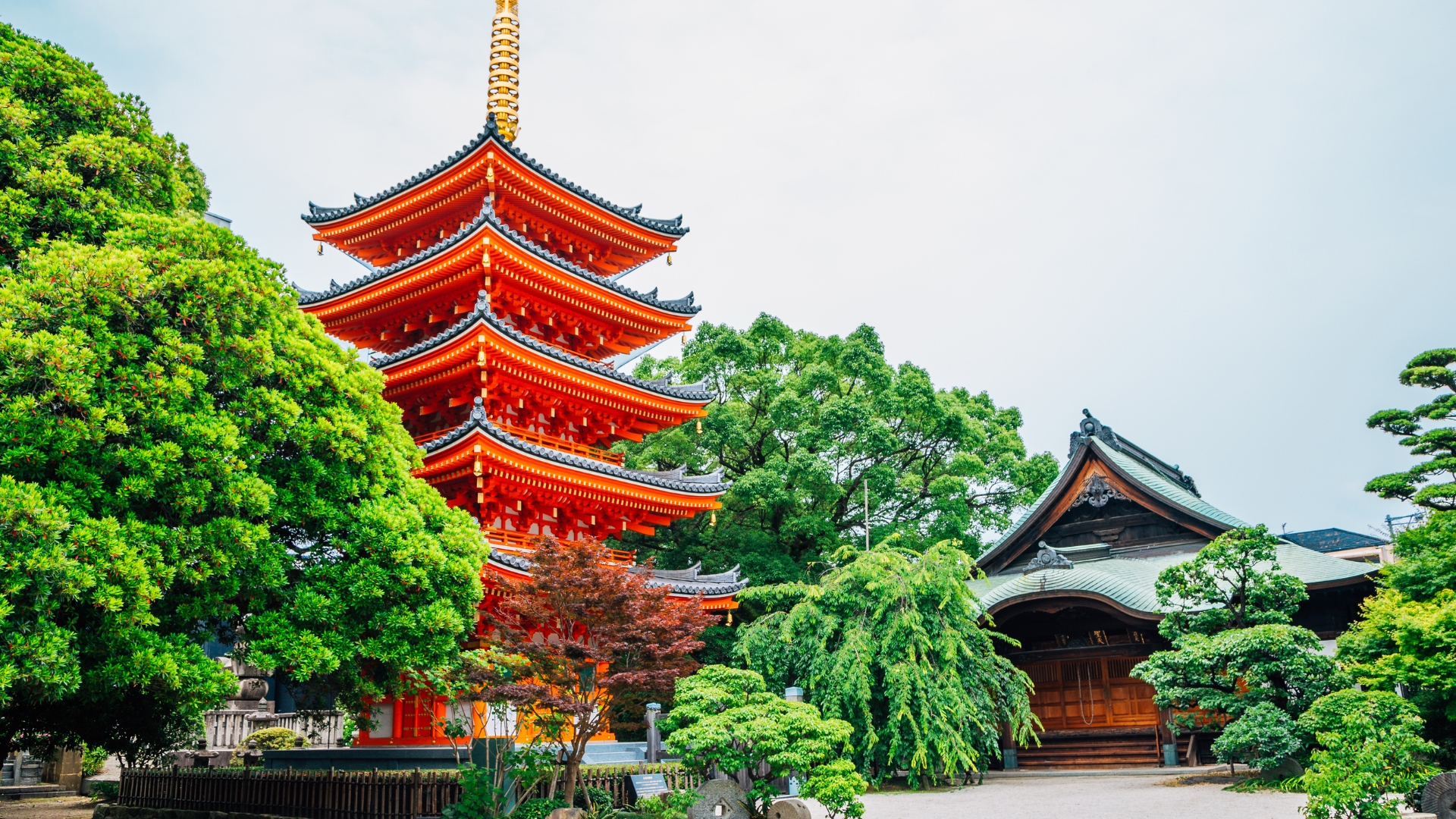
Tochoji Temple is a great place to learn about Japan’s rich spiritual history. It’s the first holy place for Esoteric Buddhism in Japan. Kobo Daishi Kukai, an important person in Shingon Buddhism, founded this temple. It’s a very important place in Japan’s religious history.
Kukai built Tochoji Temple in 806 AD after he came back from Tang. There, he had learned from Eka, a priest of Seiryu-ji Temple. The temple was damaged in several wars, but it was fixed in the Edo period. It then became the family temple of the Kuroda clan.
One of the best things to so at Tochoji Temple is to attend the Setsubun Festival. This is the oldest Setsubun Festival in Fukuoka and Hakata. This event happens every year, and it’s held on the day before the beginning of spring according to the Japanese lunar calendar. It’s a big celebration where people throw beans to keep away evil spirits and bring good luck. This follows the tradition of Oni wa soto, fuku wa uch (Demon is out, fortune is in).
During the festival, international students dress up as demons and take part in the bean-throwing event. This makes it a special cultural exchange experience. Along with the Seven Lucky Gods, they guide the end of the lucky demons. This makes a fun and memorable event.
🗾 Address: View on Google maps
⏱️ Opening Hours: 9 am – 4:45 pm
⚜️ Activity: Book a private tour with a local guide for an in-depth visit to Tochoji Temple.
Pay your respects at the Kushida-jinja Shrine
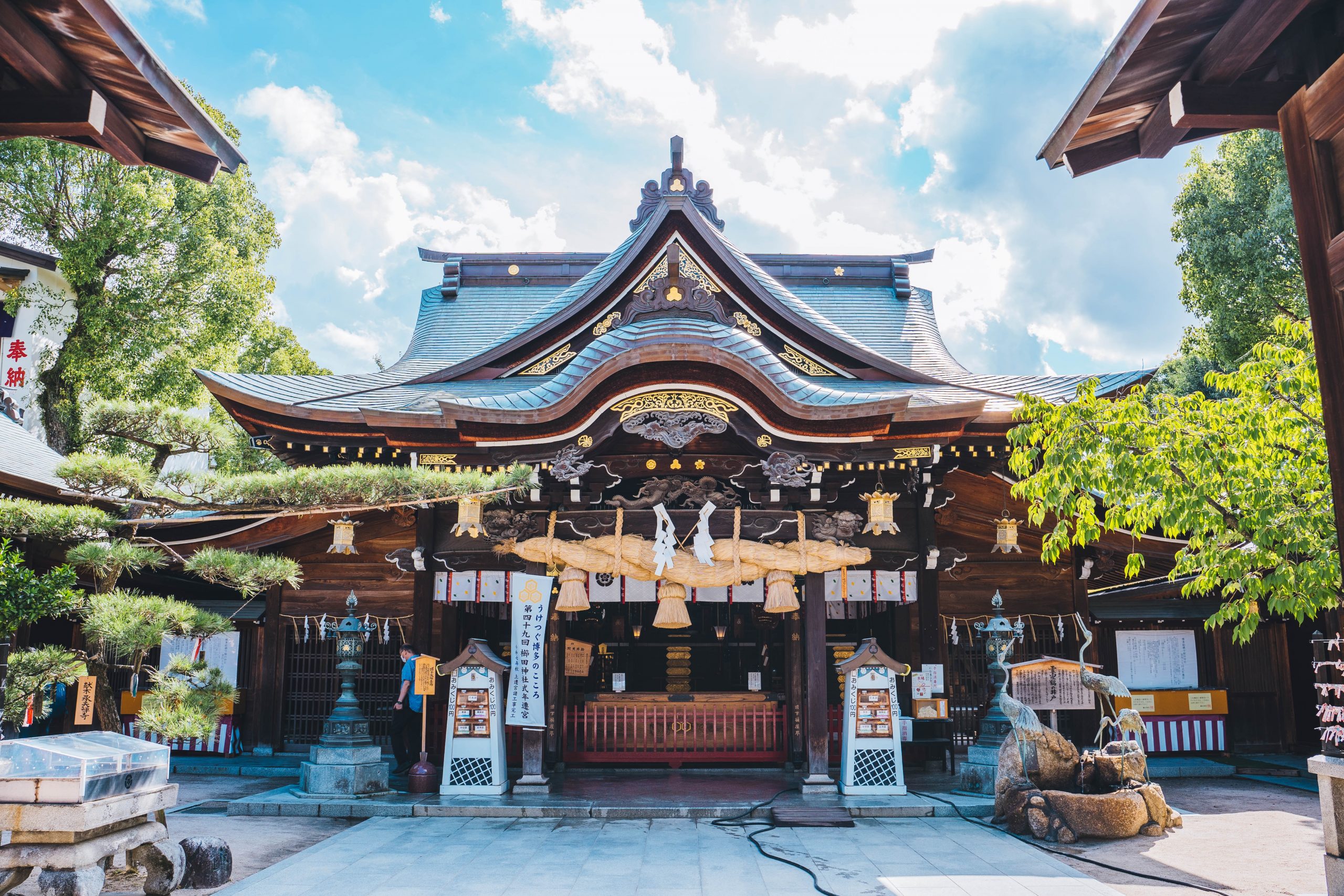
The Kushida-jinja Shrine is a spiritual sanctuary with a history dating back to 757 AD. This shrine, deeply loved by the locals, was established during Hakata’s flourishing era as a port city welcoming delegations from mainland China and Korea.
The shrine is where Fukuoka’s famous summer festivals, Hakata Gion Yamakasa and Hakata Okunchi, start. The Hakata Gion Yamakasa is one of the most interesting festivals in Japan. It happens every year in Fukuoka’s Hakata district in the first half of July. The festival ends with an exciting race on July 15. In this race, seven neighbourhoods compete to push beautiful floats along a five-kilometer course through the city. There are two kinds of floats: the bigger, decorative kazariyama floats, and the smaller, mobile kakiyama floats used in the race.On race day, despite the early start, thousands of spectators line the course to cheer on the teams in this intense, 30-minute display of effort and community spirit.
Hakata Okunchi has over 1200 years of history, and it’s an autumn festival held annually in Fukuoka. This festival involves an ox cart carrying an ornate Mikoshi (portable shrine).
If you’re visiting outside the festival times, there are many other activities at the shrine. Drink from the well known for granting longevity and eternal youth, test your strength with the Chikara Ishi stones, and check the year’s lucky direction with the Eto Eho Ban.
🗾 Address: View on Google maps
⏱️ Opening Hours: 4 am – 10 pm
⚜️ Activity: Book a private tour with a local guide for an in-depth visit to Kushida-jinja Shrine
Visit the Reclining Buddha at Nanzoin Temple
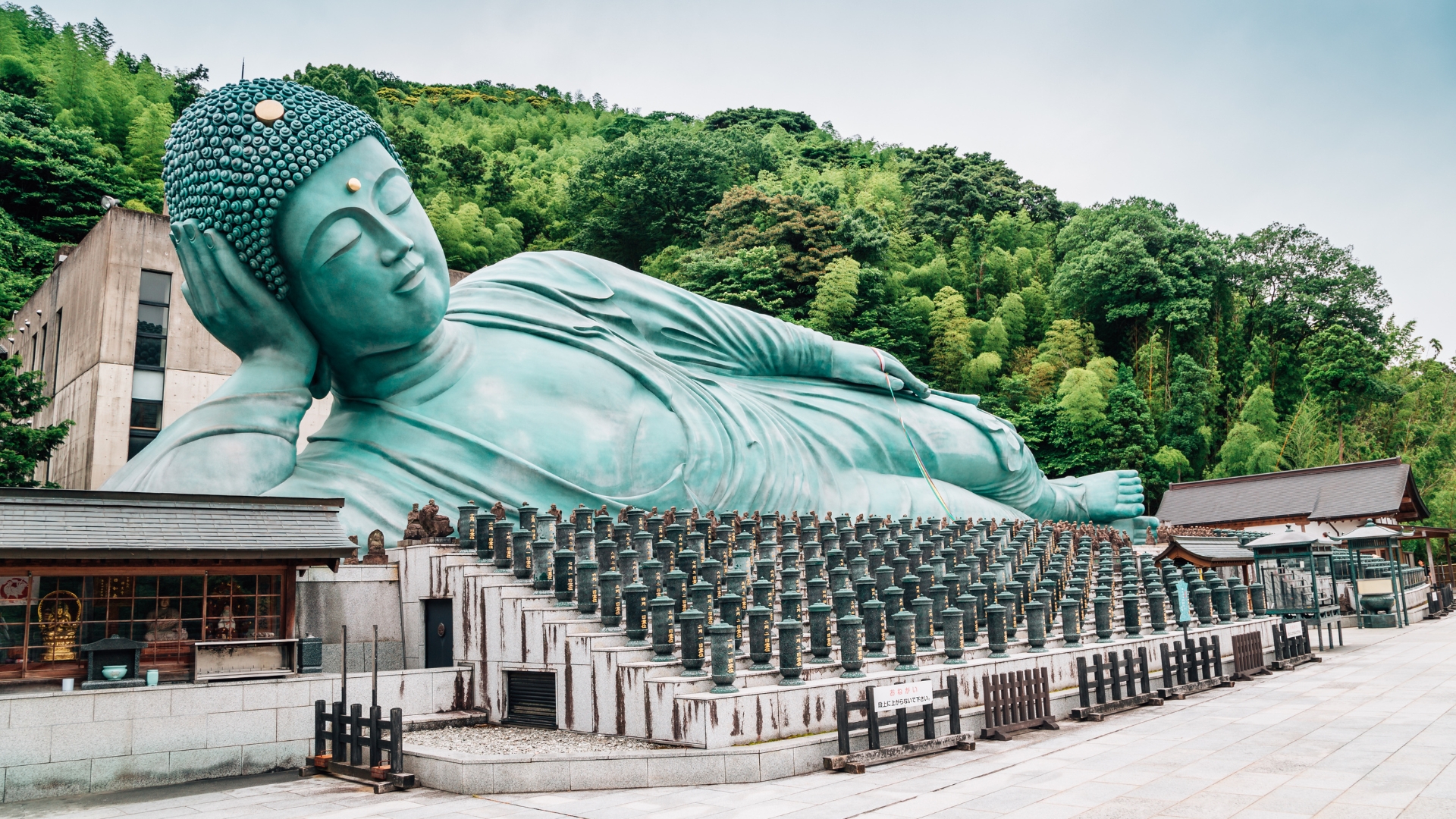
Nanzoin Temple is home to one of the largest bronze statues in the world. This is a statue of a reclining Buddha that is 135 feet long, 36 feet tall, and almost 300 tons. This statue is even bigger than the sitting Buddha statues in Kamakura and Todai-ji Temple in Nara.
The Nehanzo statue at Nanzoin Temple is special in Japan because it shows Buddha lying down. This is a symbol of the moment just before Buddha’s death, or what is known as parinirvana in Buddhism. This is an important moment in Buddha’s life and is often shown in Buddhist art. The temple, part of the Sasaguri Pilgrimage, was established in 1886 and relocated in 1899 due to threats from anti-Buddhist groups. The Nehanzo statue was erected in 1995 and houses the ashes of Buddha and two of his disciples, Ananda and Maudgalyanya, gifted by the Buddhist Council of Myanmar.
When you visit the temple, be sure to see the thick forest around it. There are walking paths that go to waterfalls, caves, ponds, and other natural features.
Like at all temples or shrines in Japan, you should dress modestly when you visit. This usually means not wearing clothes that show a lot of skin. You should cover your shoulders and knees.
🗾 Address: 3 minutes walk from Kido Nanzoin-mae Station
⏱️ Opening Hours: 9:30 am – 5:30 pm
🎟️ Admission fee: Free, although a 500 yen charge applies to enter the prayer room
⚜️ Activity: Take a half day trip with a guide to learn more about the Buddha statue of Nanzoin
Enjoy Canal City Hakata
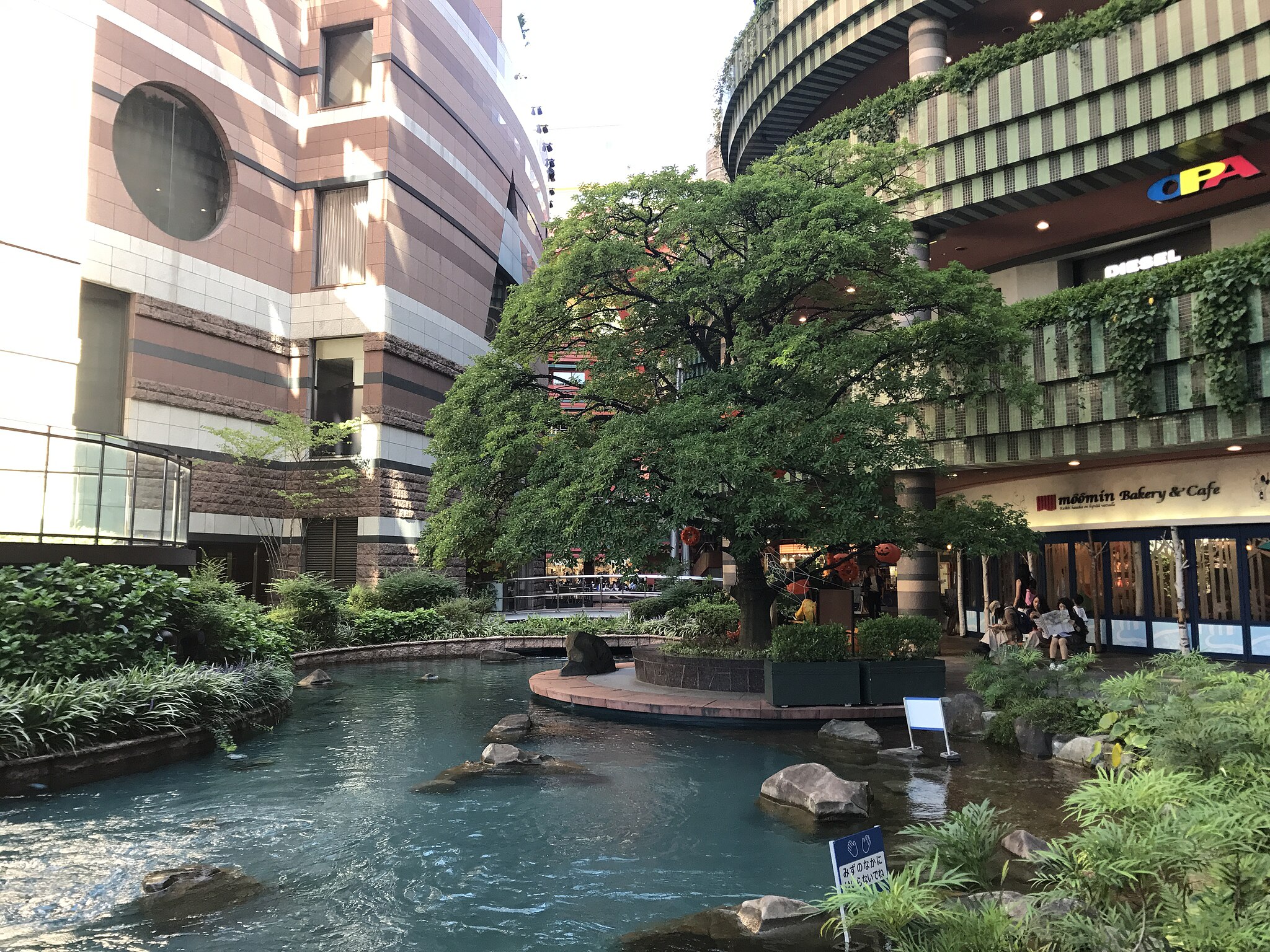
そらみみ, CC BY-SA 4.0, via Wikimedia Commons
If you love shopping and entertainment, then a visit to the Canal City Hakata is a must-visit destination for you. This multipurpose complex, located in the heart of the city, is a hub of entertainment, shopping, and dining. What makes it special is its unique architecture, designed to resemble a flowing canal, and its exciting fountain show. Similar to Roppongi in Tokyo, Canal City Hakata is also “a city within the city” and it houses many well-known Japanese brands like Shiseido, Muji and Uniqlo and many international brands like Guess, Calvin Klein and Levi’s.
You don’t even need to step far to enjoy an array of foods here, including Japanese cuisine, Western and dessert houses. For coffee, try the Muji cafe on the 3rd floor or the Starbucks located on the basement level.
The fountain show at Canal City Hakata can be enjoyed at B1F to 4F Sunplaza. The concept is called dancing water, where the water dances to music accompanied by fun light features. The fountain show takes place hourly between 10 am to 5pm, and then every half hour from 5:30 pm until 10 pm. Performances and schedules are subject to change, so it’s best to check them in advance to plan accordingly.
🗾 Address: View on Google Maps
⏱️ Opening Hours: 10 am – 9 pm for shops and 10 am – 11 pm for restaurants
Shop at Tenjin Underground Shopping Mall
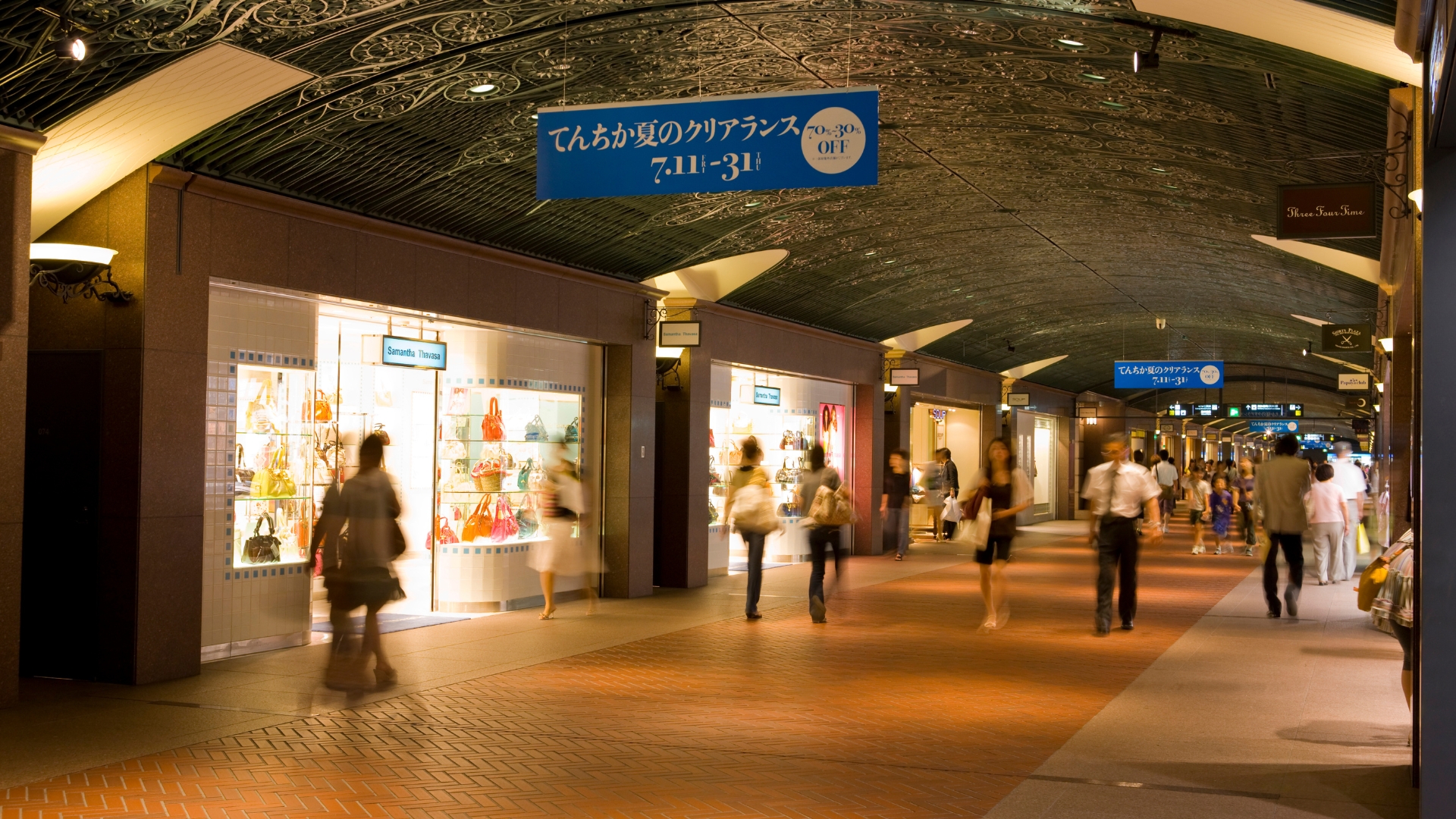
Tenjin Underground Shopping Mall is a sprawling underground shopping complex with European style cobblestone floors. This sure is the best activity for when it gets rainy in Fukuoka. Tenjin Underground Shopping Mall is one of the largest underground shopping malls in Japan, boasting over 150 shops. You will find Japanese boutiques here but also internationally known brands like Intimissimi or Jil by Jill Stuart.
The mall is easily accessible, with entrances from Tenjin and Tenjin-Minami subway stations. It’s part of Fukuoka’s extensive network of underground malls, connected to 20 nearby buildings and shopping zones.
From high-end fashion boutiques to quirky local stores, the mall is perfect for finding cool Japanese clothes but also an array of Japanese souvenirs. And don’t worry, this is Japan after all, there are plenty of restaurants and cafés with 29 different food places to pick from in Tenjin Underground Shopping Mall alone.
🗾 Address: View on Google Maps
⏱️ Opening Hours: 10 am – 8 pm
ℹ️ Official website
Seek Academic Success at Dazaifu Tenmangu Shrine
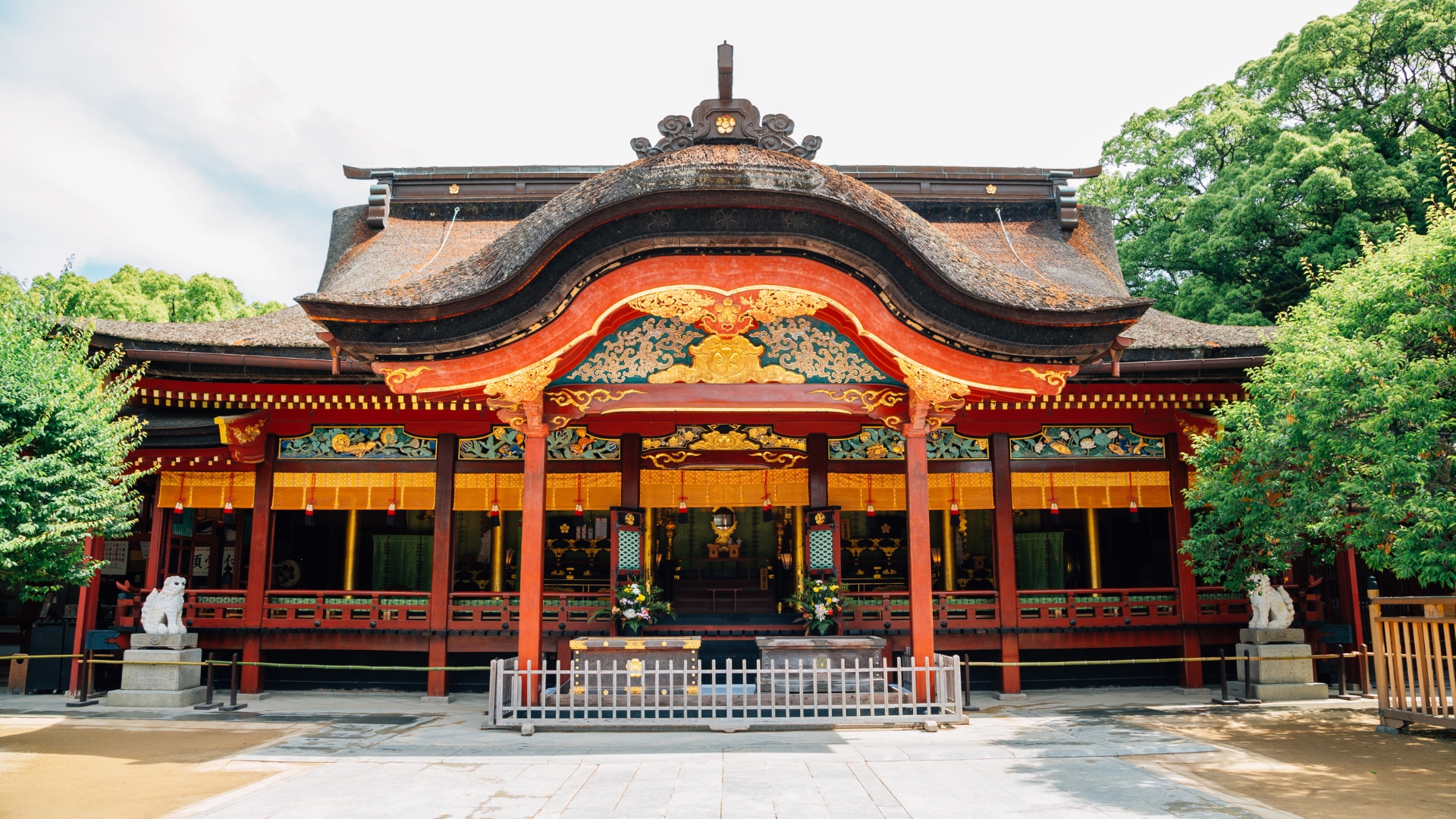
Dazaifu Tenmangu Shrine is a Shinto shrine built over the grave of Sugawara no Michizane, a scholar, poet, and politician of the Heian Period. The shrine is one of the main shrines dedicated to Tenjin, the deified form of Michizane, who is revered as the god of learning.
Visiting Dazaifu Tenmangu Shrine is a tradition for those seeking academic success. Dazaifu Tenmangu Shrine in Japan holds an annual prayer ritual in October for students, dedicated to the deity of learning. Visitors can receive academic blessings through special amulets, plaques, and ceremonies. A notable ceremony on October 18 commemorates Sugawara Michizane’s success in a difficult exam and seeks academic success for all during the month-long prayer period.
The shrine is also known for its 6,000 Asian plum trees belonging to 167 varieties. One tree, Tobiume, is said to have uprooted itself and flown to Dazaifu Tenmangu from Kyoto to be with Michizane in his death.
The shrine is easy to get to from Fukuoka. You can take the Nishitetsu Dazaifu Line from Tenjin Station in Fukuoka to Dazaifu Station. From there, it’s a 5-10 minute walk to the shrine. It’s free to go into the shrine, but you might need to pay a small fee to go into certain areas.
🗾 Address: View on Google maps
⏱️ Opening Hours: 6 am–7:30 pm
🎟️ Admission Fees: Free
⚜️ Activity: Book a guided day tour via Klook to see Dazaifu Shrine, Yufuin, and Beppu.
Take a trip to Nokonoshima Island
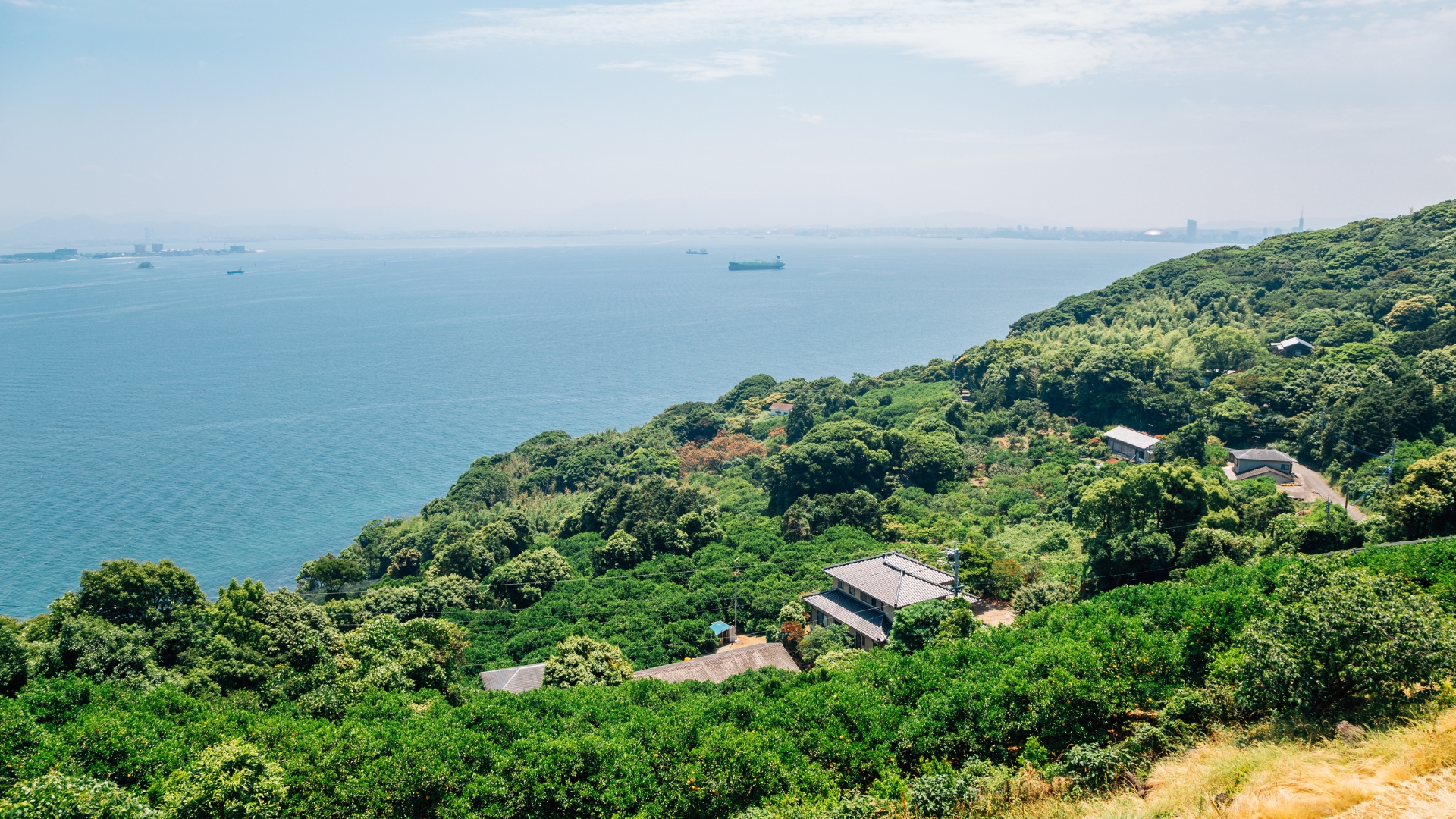
Do you want some peace and quiet after seeing all the exciting things in Fukuoka? You should visit Nokonoshima Island. You can get there by a 10-minute ferry ride from the city. The island is famous for its beautiful nature and flowers that change with the seasons.
The main place to see on the island is Nokonoshima Island Park. This is a great place to be if you want to be around nature. From late April to late July, the park is full of marigolds and hydrangea. Then from late July to late August, there are sunflowers. And in June and September, there are dahlias.
You can really get into Japanese culture and rent a kimono or book a photo session for you and your family or friends. The island also has special events like Kyushu’s first “legal wedding.” This is where newly married couples from other countries can register their marriage at a Japanese public office.
There are many events held on the island year round and if you’re feeling in need of some relaxing time, you can even stay the night on the island.
Hotels in Fukuoka
If you’re wondering where to stay in Fukuoka, Nakasu in Hakata Ward is the best place to base yourself if you’re visiting for the first time. For a detailed explanation of each area, please read my guide where to stay in Fukuoka. Here are the best hotels based on budget and areas at a glance in the table below:
❤️ Best Area for first-timers: Nakasu, Hakata Ward 💎 Best luxury 5* hotel: 🏨 Best mid-range hotel: 🛏️ Best budget hotel: Where to stay in Fukuoka Summary Tours to FukuokaYou Could Travel specialises in arranging custom-designed tours to Japan, tailored to suit your preferences. You can pick between a pre-designed self-guided trips that offer a convenient and enriching way to explore the wonders of Japan, and a range of exceptional guided tours for first time visitors. I am one of the Japan experts that put together the trips, as I’ve visited the country extensively and have lived in Japan. Final thoughtsFukuoka is the getaway to the Kyushu region and many people who with to explore this island, known for its subtropical climate, will arrive on this island via Fukuoka. Fukuoka is located around 6 hours by Shinkansen from Tokyo and 3 and half hours from Kyoto. Since the journey to Fukuoka is so long, most visitors end up staying at least a night here, which I 100% recommend. I appreciate that Fukuoka is not as well known as other major cities in Japan but it’s the laid-back vibe that makes it so cool. Fukuoka is a coastal city, with parks, beaches, and forests. It offers a 10-minute ferry to a Nokonoshima Island which is often called “the chillest island in Japan”. And it’s well known for its incredible cuisine, which really is some of the best in southern Japan. Overall, Fukuoka is a lesser gem with much to offer and plenty of activities and things to do to keep you entertained for at least 2-3 days. You’ll like it a lot. Frequently Asked QuestionsIs Fukuoka foreign friendly? Fukuoka is not just a hub of innovation and technology, but also a place of inclusivity, making it a foreign-friendly destination. The city’s mayor, Sōichirō Takashima, has been instrumental in fostering an environment that encourages startups, attracting talent from around the world. How long is bullet train from Tokyo to Fukuoka? The Shinkansen from Tokyo to Fukuoka takes around 5-6 hours. Take the Tōkaidō Sanyo Shinkansen from Tokyo Station to Hakata Station in Fukuoka. This is a fast and direct route. You can use your Japan Rail Pass. Alternatively, the trip costs around 24000 yen one way. How many days should you spend in Fukuoka? A good rule of thumb is to spend at least three days exploring Fukuoka. This gives you enough time to explore the main attractions, such as Ohori Park, Fukuoka Castle, Canal City Hakata, and the yatai food stalls. You can also take a day trip to nearby attractions like Nokonoshima Island or Dazaifu Tenmangu Shrine. Is it worth it to go to Fukuoka? Absolutely, visiting Fukuoka is 100% worth it. Fukuoka is a foreign-friendly city with so many beautiful attractions that welcomes visitors with open arms. One of the highlights of Fukuoka is its culinary scene. The city is renowned for its yatai food stalls, where you can enjoy delicious local dishes like Hakata ramen. These open-air food stalls offer a unique dining experience that you won’t want to miss. What is Fukuoka best known for? Fukuoka is best known for its iconic yatai food stalls. These open-air food stands, scattered across the city, offer a variety of local dishes, but are particularly famous for Hakata ramen, a rich, pork-broth noodle soup that’s a staple of Fukuoka’s culinary scene. Fukuoka is also the birthplace of the globally renowned Ichiran ramen chain, further cementing its reputation as a ramen capital. What is the best season to visit Fukuoka? Fukuoka, much like the rest of Japan, can be visited and enjoyed at any time of the year, but the best seasons to visit are spring and autumn. 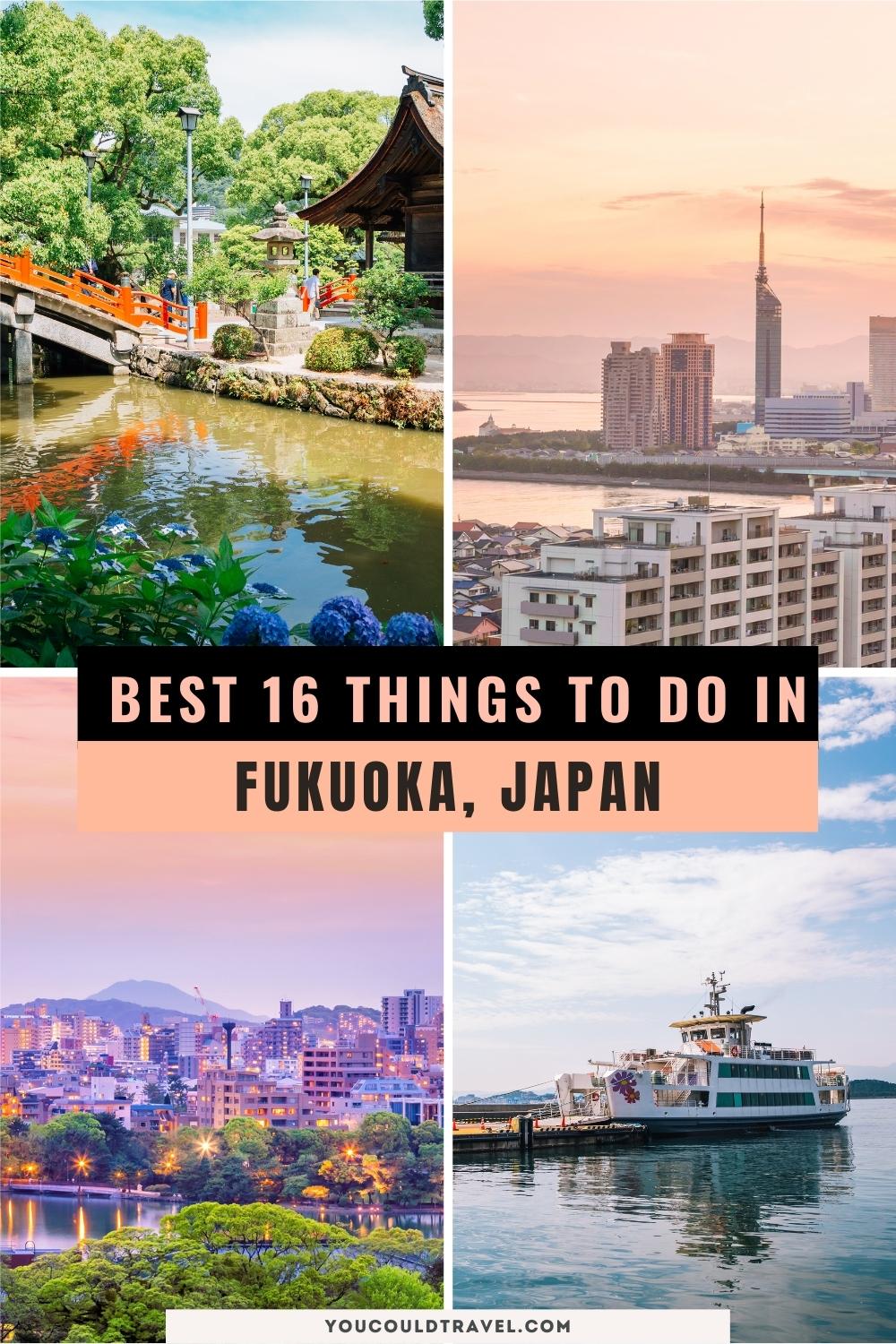 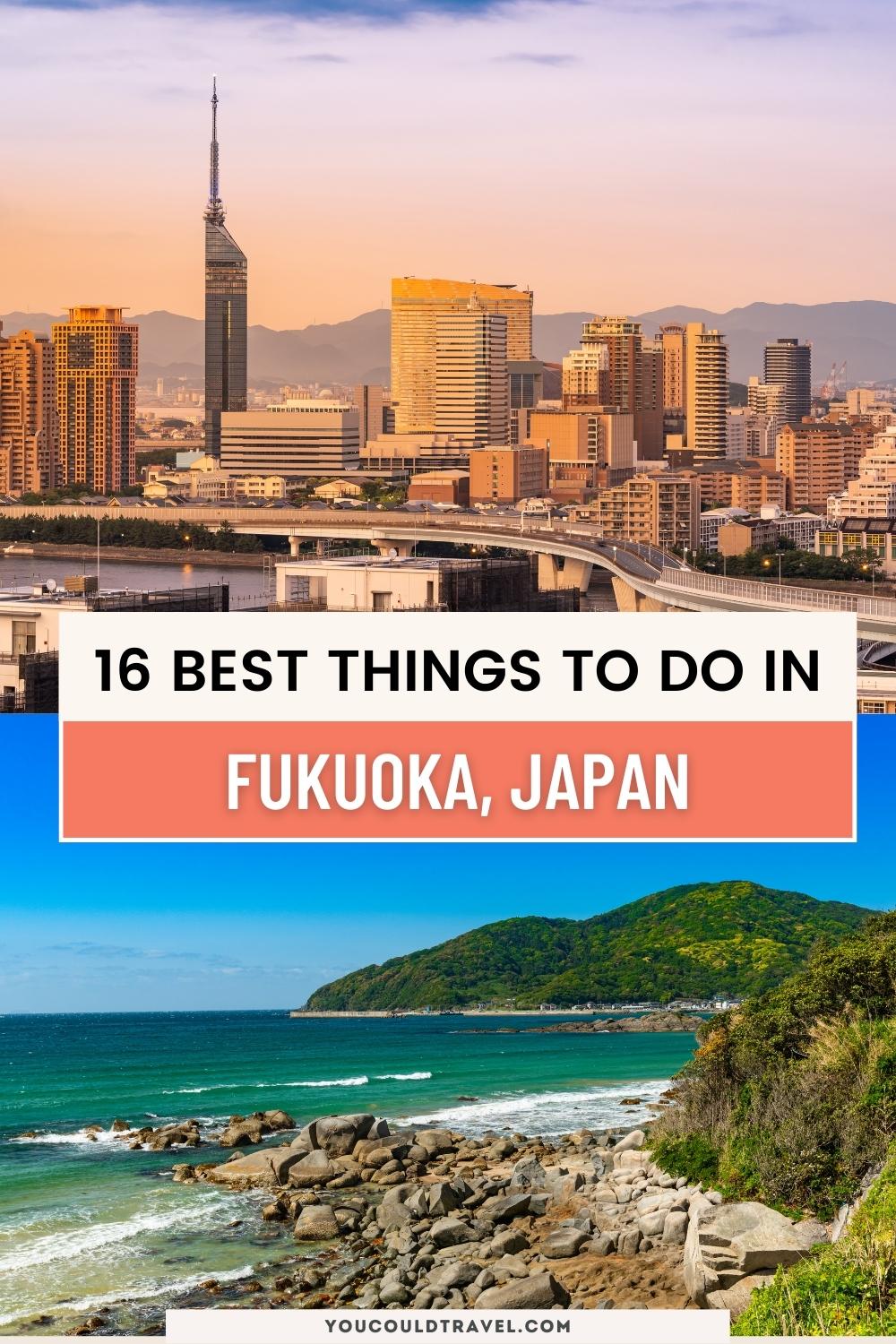 Related ArticlesCommentsOne response to “15 Best things to do in Fukuoka”
Related Articles |

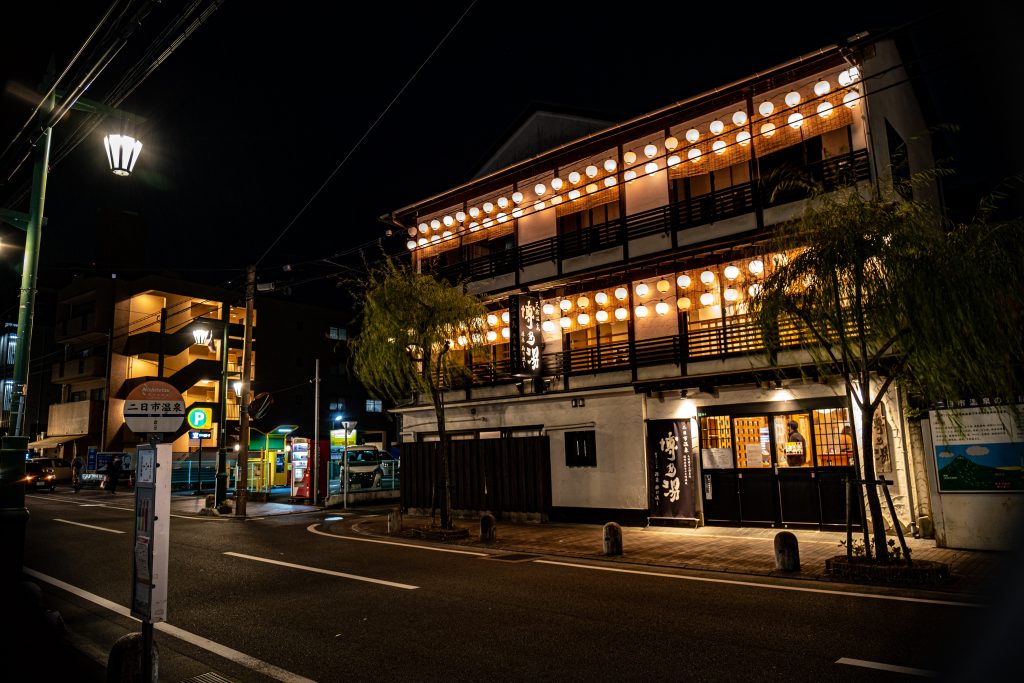
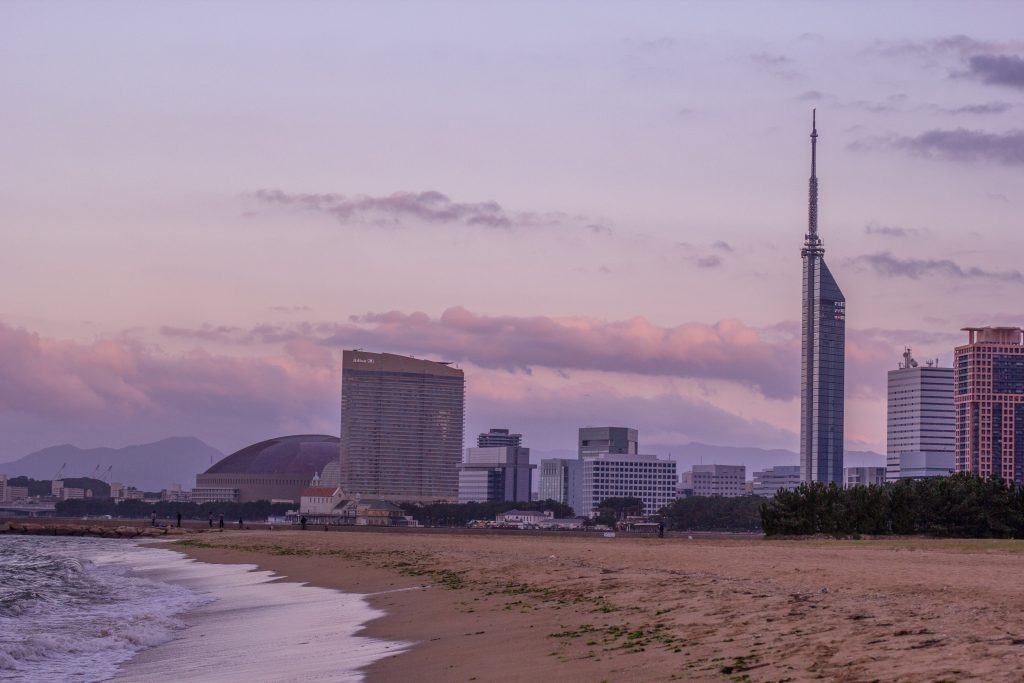
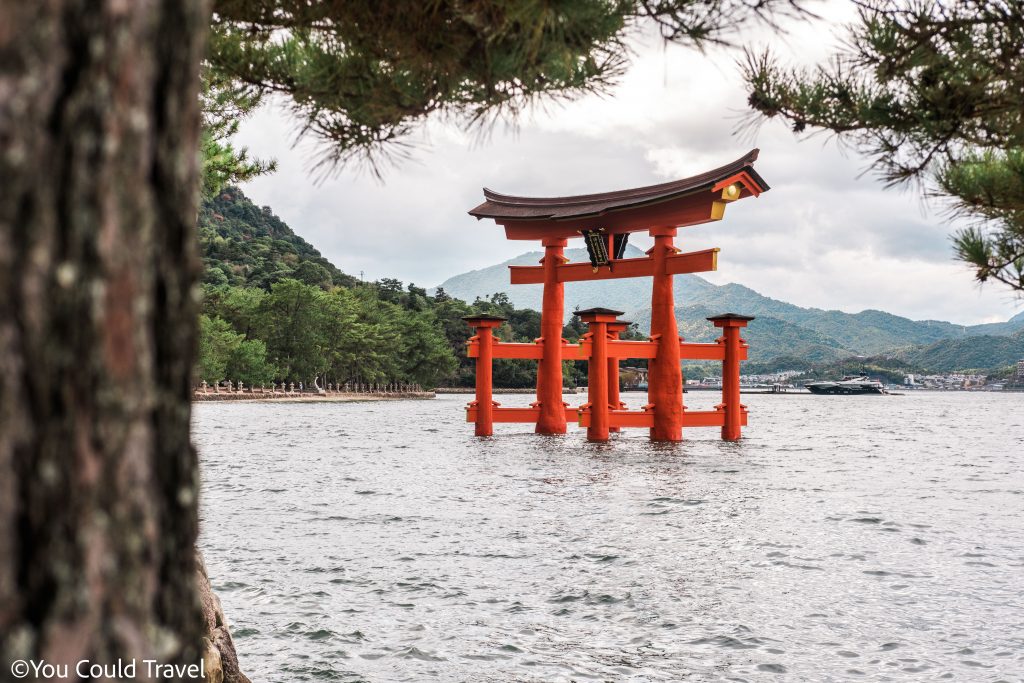
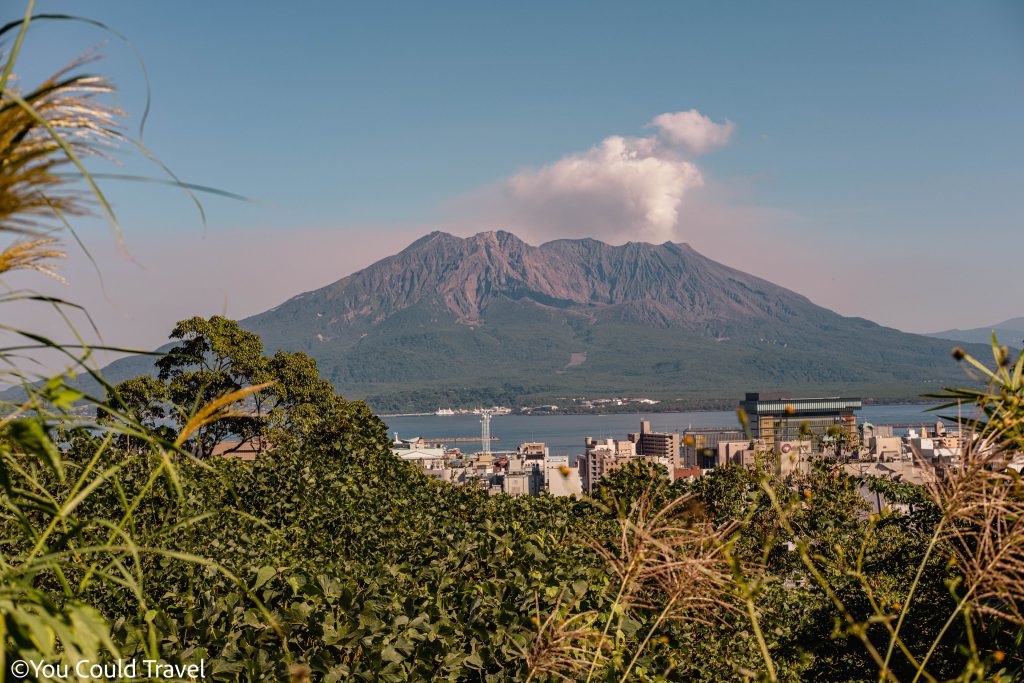
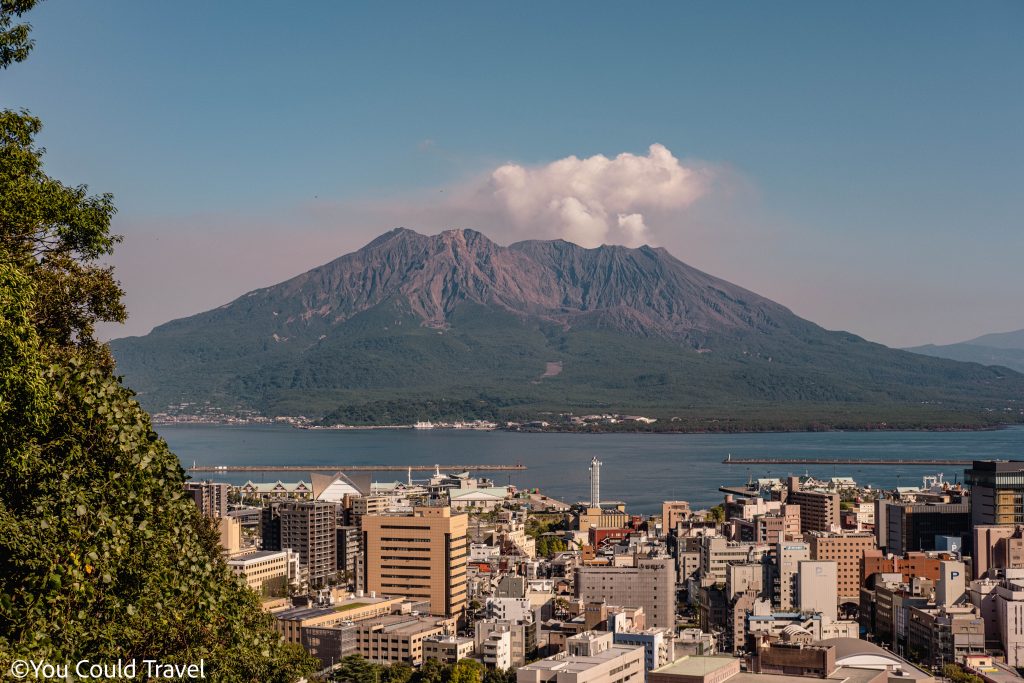
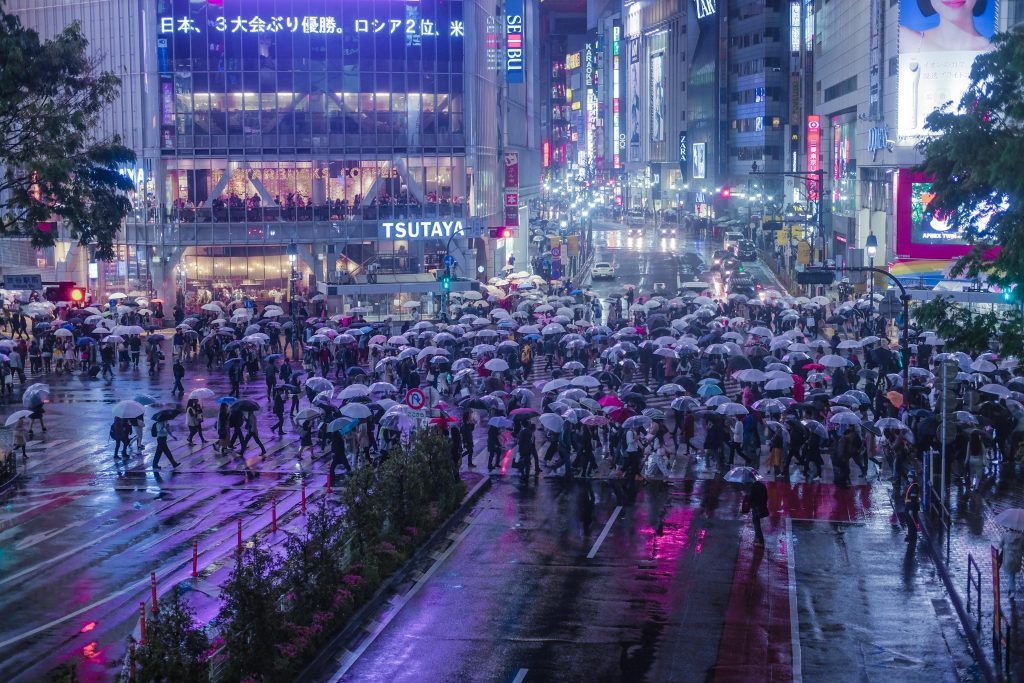


Leave a Reply